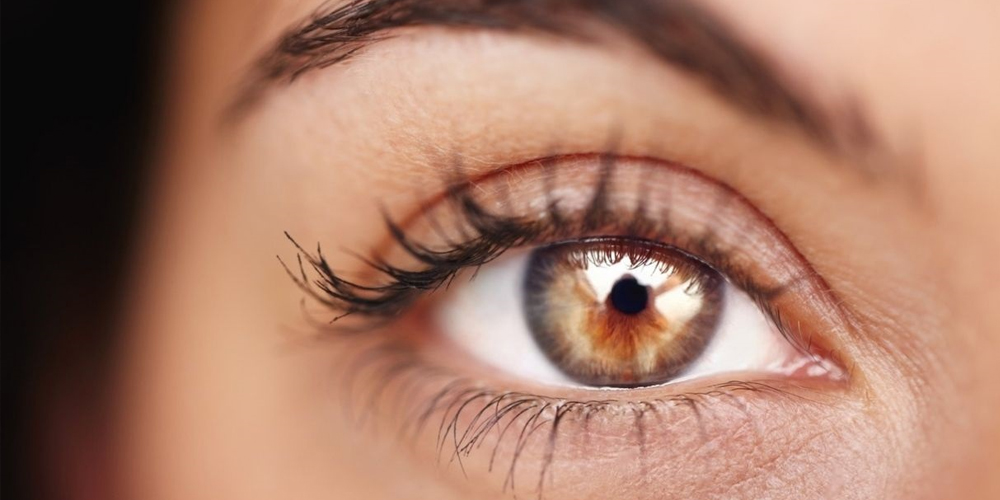Diabetic Eye Disease
Diabetic eye problems represent a group of eye conditions capable of affecting people suffering from diabetes, which include Diabetic Retinopathy (DR), Diabetic Macular Edema (DME), Cataracts and Glaucoma. Some experts also include blurry vision in diabetic people into the same group.
How Diabetes May Affect Your Eyes ?
The tiny blood vessels present within your eye tend to suffer serious damage when your blood sugar level surges above normal; the higher the blood sugar level, the greater the chances of damage to your eyes. Your retina can suffer from various types of problems due to diabetes, collectively referred as “microvascular abnormalities”. Diabetes makes tiny vessels present in your retina highly susceptible to unnatural expansion and rupturing, resulting in blood leakage and the phenomenon is known as “microaneurysms”.
Cataracts and Diabetes
Though anyone can get it, your probability of getting affected by cataracts increases 60 times if you are diabetic, compared to someone who is not. That’s why it is considered to be a diabetic eye disease.
Your eye is said to have a cataract when the clear lens inside it is clouded or fogged, which is there to help us see and focus on images very much like a camera.
Diabetes makes people prone to getting cataracts at an earlier age, also playing a role in rapid progression of this eye disease in contrast to non-diabetic persons.
Treatment Options- Cataract treatment mostly involves surgical removal of the clouded lens, replacing it with a new artificial one.
Glaucoma and Diabetes
That’s right, having diabetes increases your chances of getting glaucoma around 40% compared to people not suffering from it. In fact, the longer a person has had diabetes, the higher goes his probability of getting glaucoma; the risk getting even higher with age.
The inability of eye to drain the fluid inside it results in building up of undue pressure, leading to another of the diabetic eye disease, glaucoma. Blood vessels carrying blood to the retina and optic nerve gets pinched due to this added pressure buildup, leading to a gradual vision loss.
Treatment Options- Glaucoma treatment is aimed at lowering the eye’s pressure by facilitating the drainage of aqueous humor or by reducing its production in the first place. Options include:
- Medication
- Special eye drops
- Surgery
- Laser therapy
